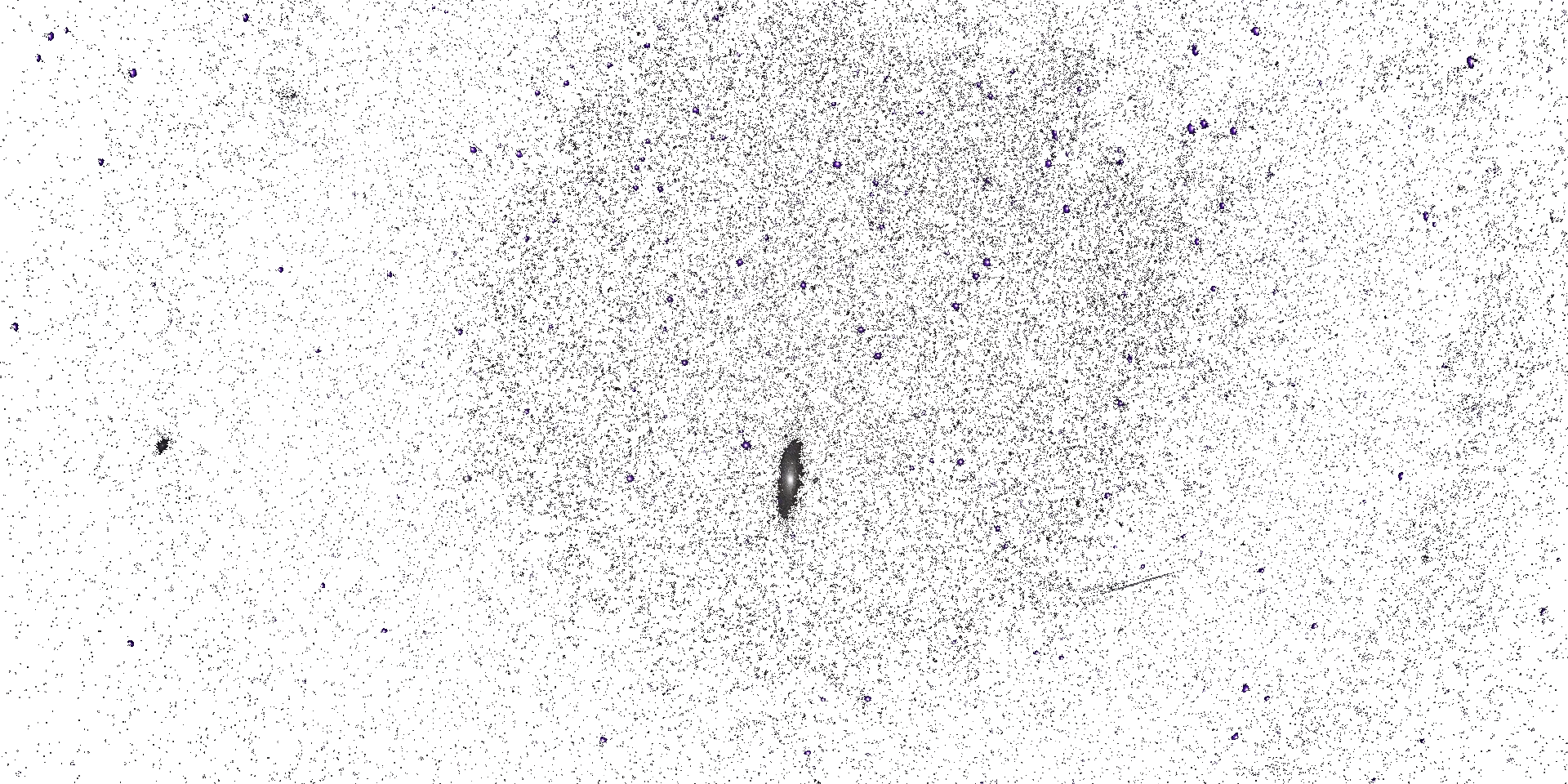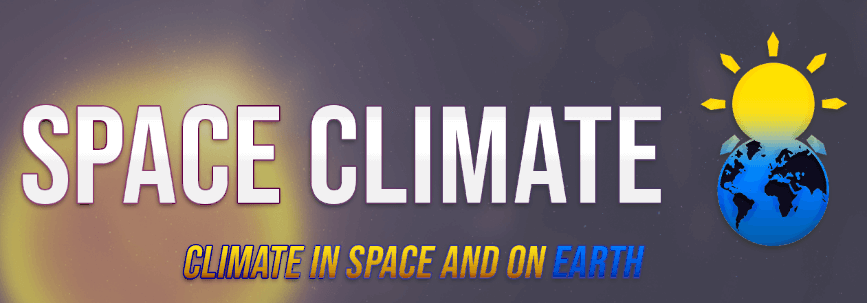




Space Climate 8 Meeting Abstract
Twenty years of observations of the energy budget of the mesosphere and lower thermosphere
Martin Mlynczak (NASA Langley Research Center)
Linda Hunt, SSAI; Ningchao Wang, NASA Langley; Jia Yue, NASA Goddard
We present twenty years of observations of the thermal structure, density, geopotential height, and energetics of the mesosphere and lower thermosphere (MLT). These observations and data are derived from the SABER and SEE instruments on the TIMED satellite and from observations from the SORCE satellite. Substantial variability is observed in all parameters due to the large variation in the intensity of the 11-year solar cycle. Trends in temperature, geopotential height, density, and layer thickness due to increasing carbon dioxide are also derived from these datasets. In general, the MLT is much cooler in 2020 than when the continuous satellite record began in 2002. In the lower mesosphere the observed decrease in temperature due to decreasing intensity of solar ultraviolet radiation is comparable to that due to increasing carbon dioxide. In the upper mesosphere and lower thermosphere, the declining intensity in solar ultraviolet radiation rapidly becomes the dominant mechanism responsible for the observed decrease in temperature from 2002 to 2020. We also present a look to the future with the most recent metrics on solar activity such as the Thermosphere Climate Index which indicates a rapid rise in the intensity of solar cycle 25. Prospects for new observations to continue these critical observations well into the future will also be presented.
Mode of presentation: oral (Need to be confirmed by the SOC)
